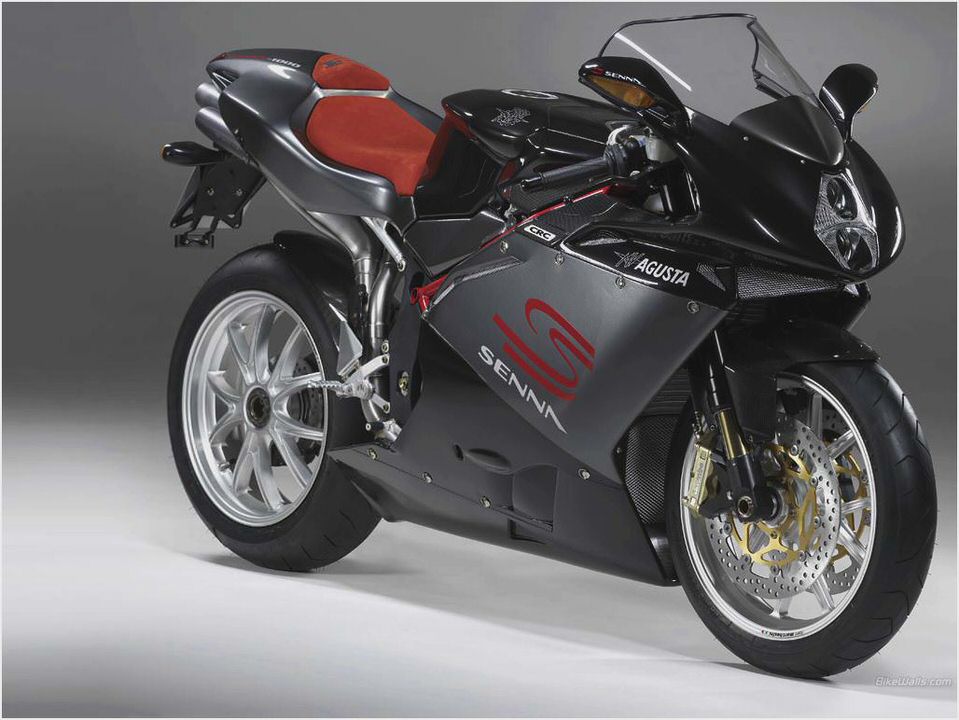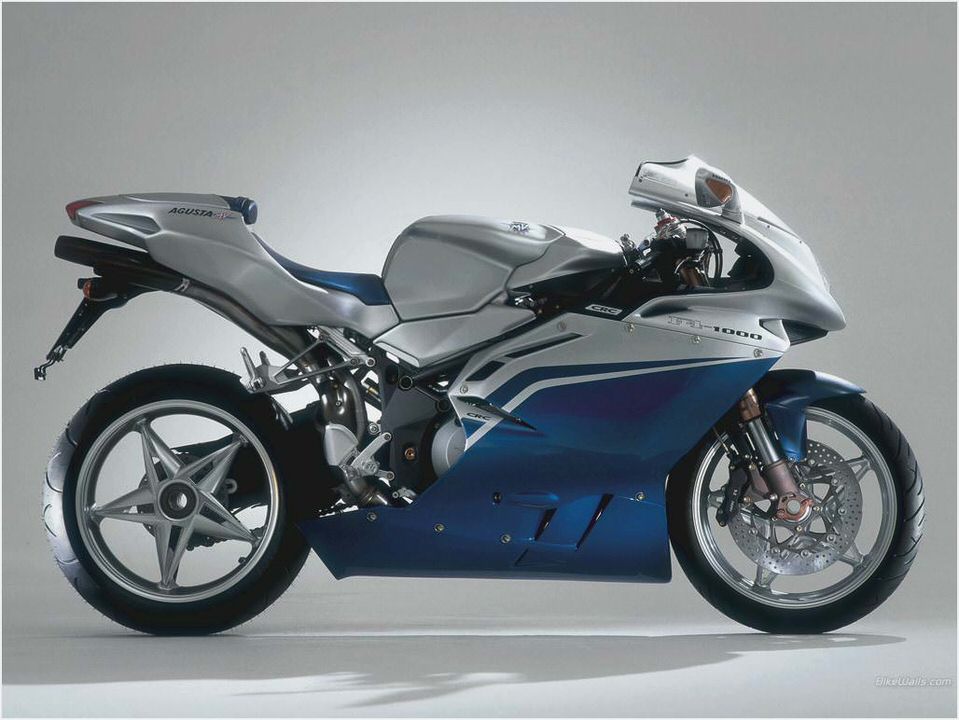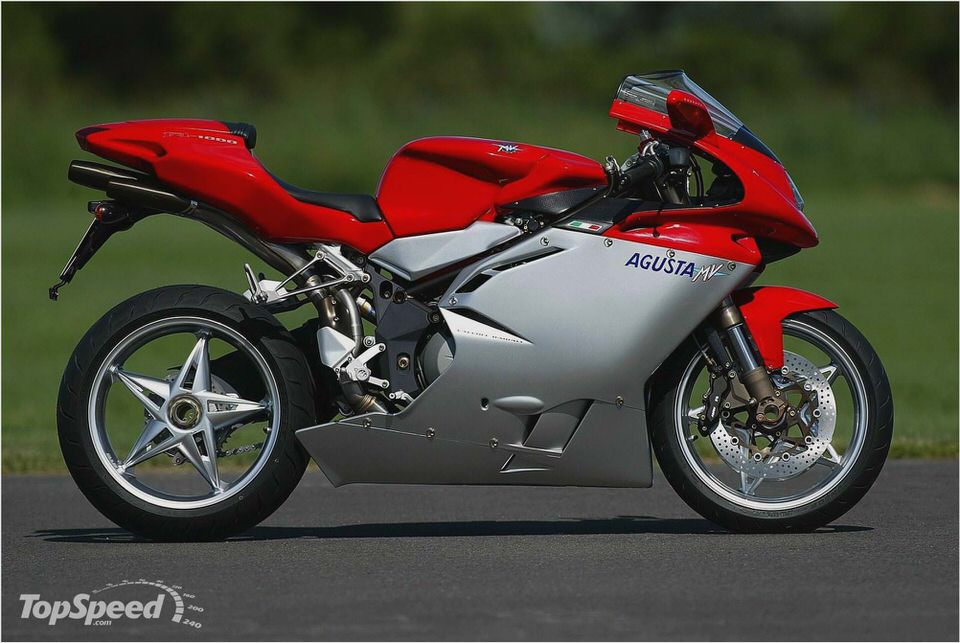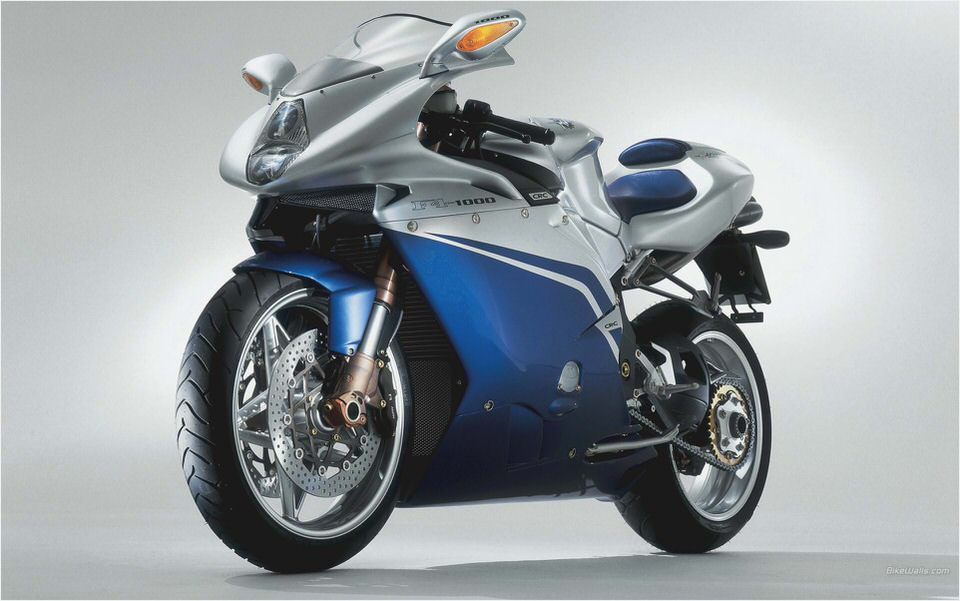
MV Agusta F4 RR 1000
With an incredible array of electronics and a manic engine, the latest version of MV’s sports bike is in the same orbit as bikes like the RSV4 Factory, HP4 and 1199 Panigale S
The latest version of the MV Agusta F4 RR is a bike that you’re likely to buy with both your head and your heart — something that certainly couldn’t be levelled at previous incarnations of the Italian sports bike.
The 2013 model not only lifts raw performance to a new level — the hit from about 9000rpm is quite phenomenal — but the increased functionality is what makes it such an enticing offering. The chip-controlled electronics package on the F4 RR includes a Mikuni ride-by-wire throttle, quickshifter and auto-blip clutchless downshift function, and the rider can adjust traction control, throttle sensitivity, rpm limit, engine braking and more. There’s also an anti-wheelie function.
There’s no doubt that such a seriously potent bike deserves to show its mettle on a race track, and we could be seeing that in 2014 when watered down world superbike rules begin to take effect. The F4 RR is a prime candidate to make a grand appearance then, as this bike undoubtedly floats in the same orbit as the Aprilia RSV4 Factory APRC, BMW HP4 and Ducati 1199 Panigale S.
Unfortunately, the Bikesales Network’s initial ‘consultation’ with the F4RR was brief, as we only had it for less than 24 hours when a nasty cold front was making its way through Victoria.
Fleeting as it was, it’s clear that MV Agusta has delivered with its wide-ranging revamp of the F4RR, which is now available in Australia for $33,990 ride away. There’s also the base F4, but Aussie customers miss out on the middle-spec F4R.
The flagship F4RR differs in a few ways from the F4 and F4R, including adjustable Ohlins electronic suspension and the engine has titanium connecting rods and a lightened crankshaft. The engine, which has variable length intake system, is ultra short stroke at 50.9mm (corsa corte in Italian), while the bore is 79mm. There are also four separation engine maps: Normal, Sport, Rain or Custom, which can be changed on the fly with the starter button.
The engine configuration doesn’t lend itself to massive wedges of power in the lower rev range, but at 7000rpm it begins to get excited before the full burn kicks in about 9000rpm with explosive acceleration and an irresistible punch out of corners — and that typical lightness from the front end as you get a real wriggle on. It’s dynamic and certainly engaging — mind-blowing performance where traction and wheelie control certainly earn the keep and the light-action quickshifter ensures the excitement remains at fever pitch.
Other than the HP4, which has a stroke of just 49.7mm, I can’t really think of another one-litre sports bike power pack that has such pizzazz and calls the shots like this one.
MV Agusta claims peak power at 13,400rpm, and torque is measured at 114Nm at 9200rpm. The power delivery and sharp throttle response are tailor made for race track action, and the bike is homologated to do just that. Here’s hoping for 2014.
Truth be told, I didn’t really go anywhere near sampling all the electronic possibilities in the short period I had it, as there’s such a maze-like range of options to digest. I worked out the mechanics of adjusting all the different parameters (not a big fan of the low-rent two-button switch on the left hand switchblock, though, which simply isn’t user-friendly), but it’s the type of bike where you really need a technician to help you out when setting up the custom map, for example.
No complaints though, as it’s this added functionality which is such an appealing part of the bike. But it does mean the LCD screen is very information rich, to the extent that it’s nearly too much of an overload.
It was disappointing that wet roads were the norm when we rode the F4RR, as the focus was simply on trying to remain smooth and tidy — a scenario where you probably give traction control less of a workout than on dry roads.
The eight-way traction control can be adjusted on the fly, but again it’s not intuitive enough for a bike of this ilk. Aprilia has traction control adjustment down to a fine art via two toggle switches, and it’s something that MV Agusta should try and emulate.
The F4RR’s Ohlins suspension (the F4 has Marzocchi forks and a Sachs shock) is another part of the electronic equation, and one which I barely touched the surface of. Although not fully ‘active’, it’s an impressive, compliant system. And while the big wet didn’t allow me to push on with any great urgency, the F4RR steers superbly and, like a true sports bike, the front-end certainly cops a hammering without any complaints.
The F4RR is an outstanding motorcycle, and MV Agusta has managed to make it more user-friendly than ever with the electronics upgrades. Sure, it’s still not easy trying to harness 200hp, but now riders have the wherewithal to try and get the job done, and that’s the big difference. We look forward to riding his jigger on a race track.
ENGINE
Type: Liquid-cooled, four-stroke DOHC, 16-valve in-line four-cylinder
Capacity: 98cc
Bore x stroke: 79.0mm x 50.9mm
Compression ratio: 13.4:1
Engine management: Magneti-Marelli electronic fuel injection with Mikuni throttle body; variable height intake ducts with Torque Shift System
PERFORMANCE
Claimed maximum power: 198hp (147.7kW) at 13,400rpm (crankshaft)
Type: Six speed, cassette style
Final drive: Chain
Clutch: Wet with mechanical drive
CHASSIS AND RUNNING GEAR




- 2010 MV Agusta F4 First Ride – Ultimate MotorCycling
- MV-AGUSTA B4-2013 – Paradise Moto
- MV Agusta 3: It Is What It Was- MV Agusta GP 500 Triple
- Kilometer Magazine: MV Agusta F4
- Giovanni Castiglioni on the MV Agusta F3, Harley-Davidson and two secret…

